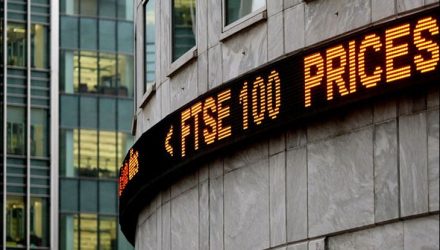Naturally, other ETF providers are not ceding this still emerging investment approach and have either partnered with other index providers or launched their own multi factor products. For example, PowerShares S&P 500 High Dividend Low Volatility (SPHD) and Legg Mason Low Volatility High Dividend (LVHD) combine dividends and low volatility attributes in one product, with the Powershares product connected to S&P index and Legg Mason developing their own.
Meanwhile, iShares Edge MSCI MultiFactor USA (LRGF) tracks an MSCI index focused on quality, value, momentum and size, and LRGF and Franklin LibertyQ US Equity (FLQL) tracks a proprietary index focused on quality, value, momentum and low volatility.
Separately, in North America, 57% of respondents think smart beta indices are an appropriate benchmark for an active strategy, up from 39% that thought so a year earlier. To us, even as institutions increasingly look to assess and utilize rules-based strategies as a replacement for active ones, the possibility of actively managed offerings being compared to the performance of something other than a market cap weighted S&P 500 or Russell 1000 index grows.
So don’t be surprised if in the near future, the popular SPIVA scorecard is augmented with a multi-factor benchmark that combines factor frequently used by active managers. CFRA reports on the above and other smart beta ETFs can be found on this platform.
Todd Rosenbluth is Director of ETF & Mutual Fund Research at CFRA.
For more on Smart Beta ETFs, visit the Smart Beta Channel home page.
